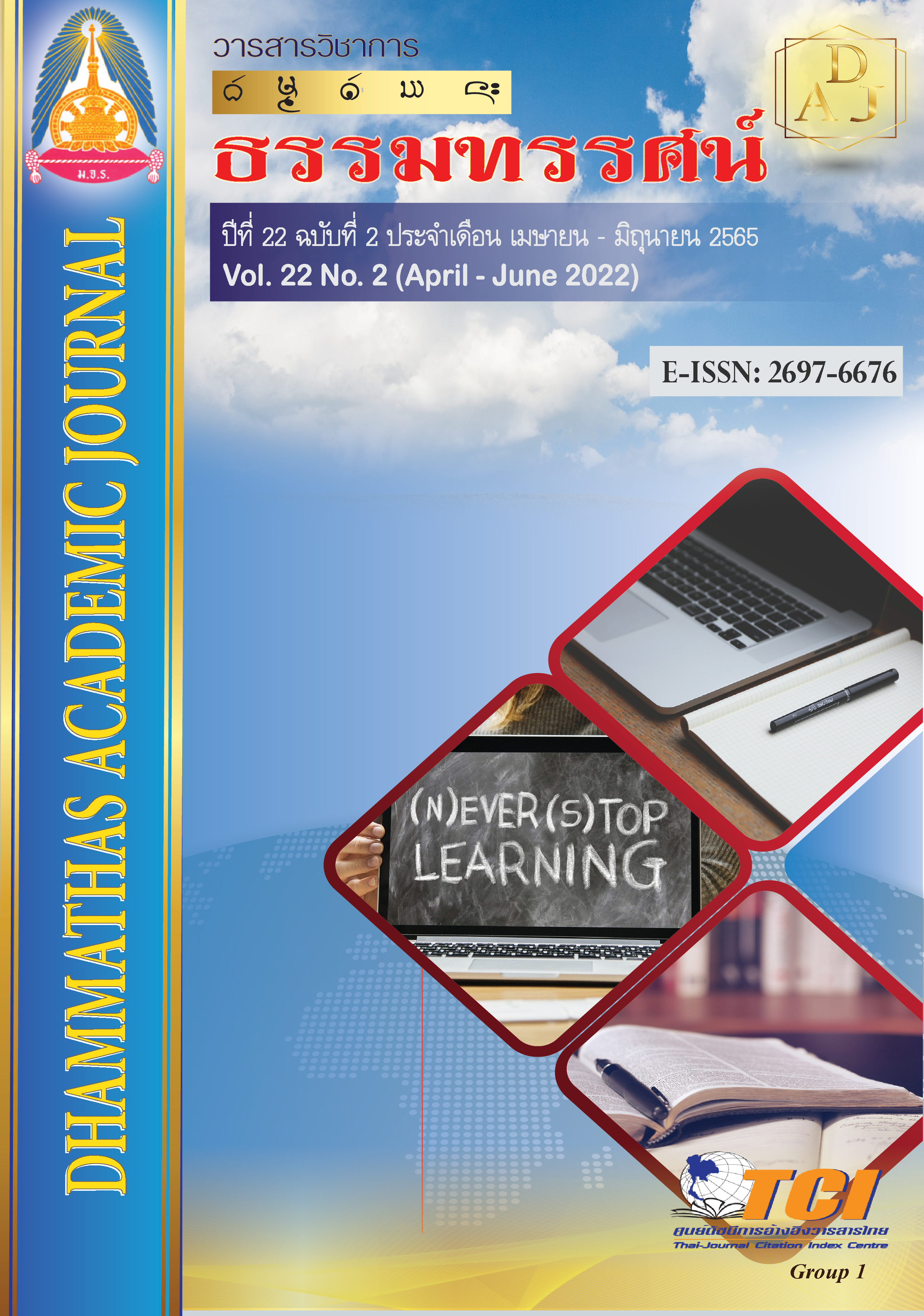Knowledge Management on Karen Ethnic Attire in Mae Hong Son Province
Main Article Content
Abstract
The objectives of this research 1) to survey and collect clothing of Karen ethnic, 2) to explore and collect plants used to make costumes and decorate clothes of Karen ethnic, 3) to gain explicit knowledge that appears in the clothing of Karen ethnic and 4) to create a database of plants used to make costumes and to decorate the clothes of Karen ethnic. This research used a sample of 700 people from the following Karen ethnic groups: Skaw Karen, Pwo Karen, and Red Karen. The research instruments consisted of questionnaires and in-depth interviews.
The results of the research found that:
1. The general characteristics of Karen ethnic clothing were mostly made from artificial silk using backstrap weaving. The chemical dyeing process is used rather than natural dyes because of the convenience, fast, and consistent colors.
2. Cotton is a major material used in Karen weaving. Millet is used in embroidering to make beautiful patterns. Natural colors of cotton thread dyeing are commonly from fan-palm seeds, wild Castanea bark, Indian trumpet tree bark, jackfruit bark, etc.
3. Knowledge Management on Karen Ethnic are synthetic as the “KCODA Model” consisting of Knowledge Management: K, Conservation of Clothing: CO, and Database: DA.
4. Data registration of plants used for dyeing, dyeing methods, woven fabric patterns, and decoration. The three subgroups of Karen ethnic have made a memorandum of agreement in accordance with the Royal Initiative Plant Genetic Conservation Project of Her Royal Highness Princess Maha Chakri Sirindhorn Her Royal Highness Princess Maha Chakri Sirindhorn (PSU). There is also a documentary on costumes bonding ethnic identity of Pwo Karen, Skaw Karen, and Red Karen.
Article Details

This work is licensed under a Creative Commons Attribution-NonCommercial-NoDerivatives 4.0 International License.
เพื่อให้เป็นไปตามกฎหมายลิขสิทธิ์ ผู้นิพนธ์ทุกท่านต้องลงลายมือชื่อในแบบฟอร์มใบมอบลิขสิทธิ์บทความ ให้แก่วารสารฯ พร้อมกับบทความต้นฉบับที่ได้แก้ไขครั้งสุดท้าย นอกจากนี้ ผู้นิพนธ์ทุกท่านต้องยืนยันว่าบทความ ต้นฉบับที่ส่งมาตีพิมพ์นั้น ได้ส่งมาตีพิมพ์เฉพาะในวารสาร วิชาการธรรม ทรรศน์ เพียงแห่งเดียวเท่านั้น หากมีการใช้ ภาพหรือตารางของผู้นิพนธ์อื่นที่ปรากฏในสิ่งตีพิมพ์อื่นมาแล้ว ผู้นิพนธ์ต้องขออนุญาตเจ้าของลิขสิทธิ์ก่อน พร้อมทั้ง แสดงหนังสือที่ได้รับการยินยอมต่อบรรณาธิการ ก่อนที่บทความจะได้รับการตีพิมพ์References
นิ่มนวล จันทรุญ. (2561). การพัฒนาทักษะการทอผ้าด้วยกี่เอวเพื่อ OTOP. วารสารสถาบันวิจัยและพัฒนา มหาวิทยาลัยราชภัฏมหาสารคาม, 5(1), 1-8.
สุพจน์ ใหม่กันทะ. (2563). มนต์เสน่ห์ผ้าทอกะเหรี่ยง: ความสวยงามของลวดลายบนวิถีชาติพันธุ์. สารอาศรมวัฒนธรรมวลัยลักษณ์, 20(1), 40-48.
สำนักงานสถิติจังหวัดแม่ฮ่องสอน. (2564). ข้อมูลสถิติจากการสำมะโน/สำรวจ. เข้าถึงได้จาก http://maehson.old.nso.go.th/nso/project/search/index.jsp?province_id=57
อารดา พลอาษา. (2560). การทอผ้าไหมหางกระรอกคู่ตีนแดง อำเภอนาโพธิ์ และอำเภอพุทไธสง จังหวัดบุรีรัมย์. กรุงเทพฯ: กรมส่งเสริมวัฒนธรรม กระทรวงวัฒนธรรม.
Comrey, A. L., & Lee, H. B. (1992). A first Course in Factor Analysis. Hillsdale, New Jersey: Erlbaum.

